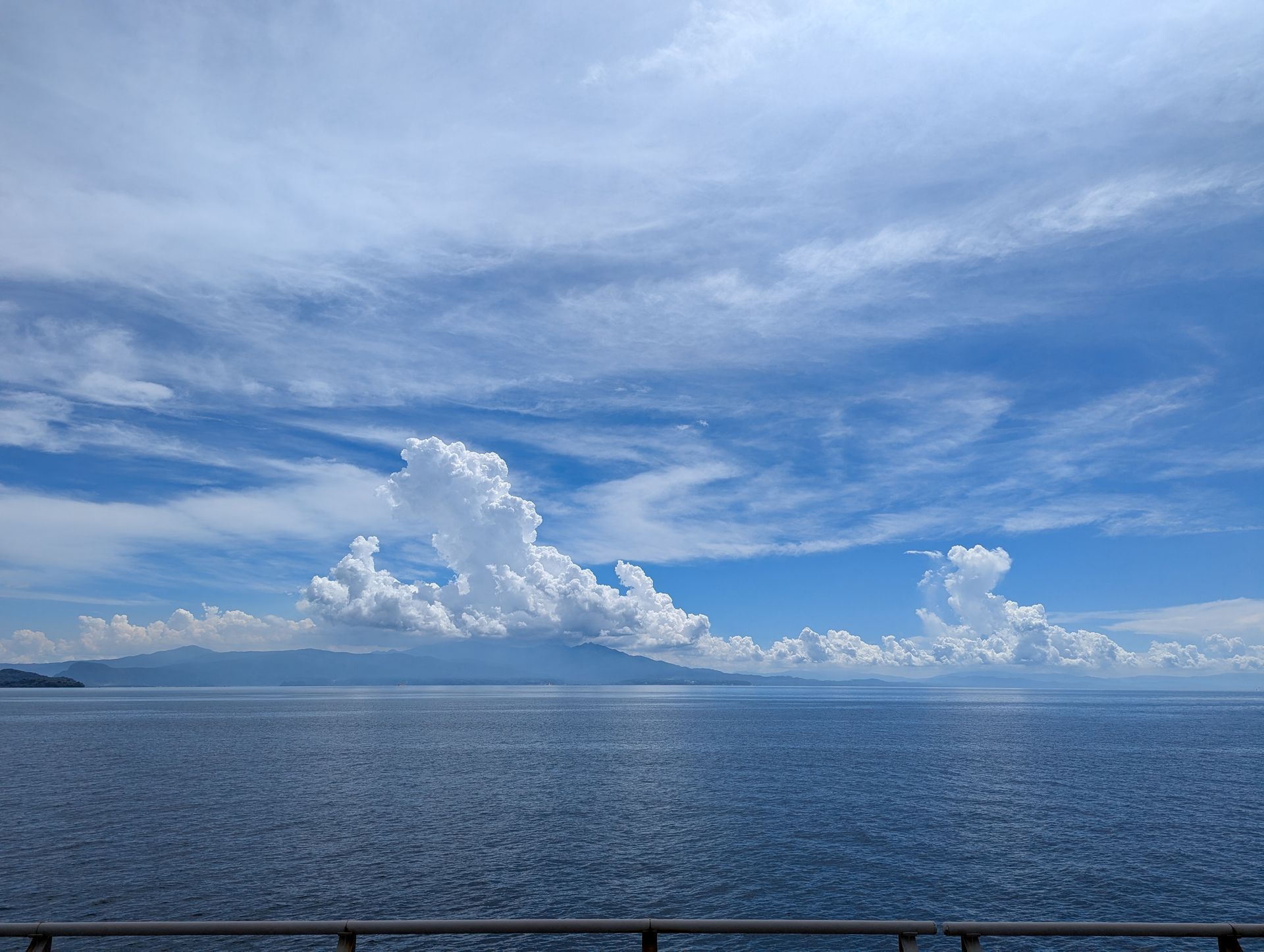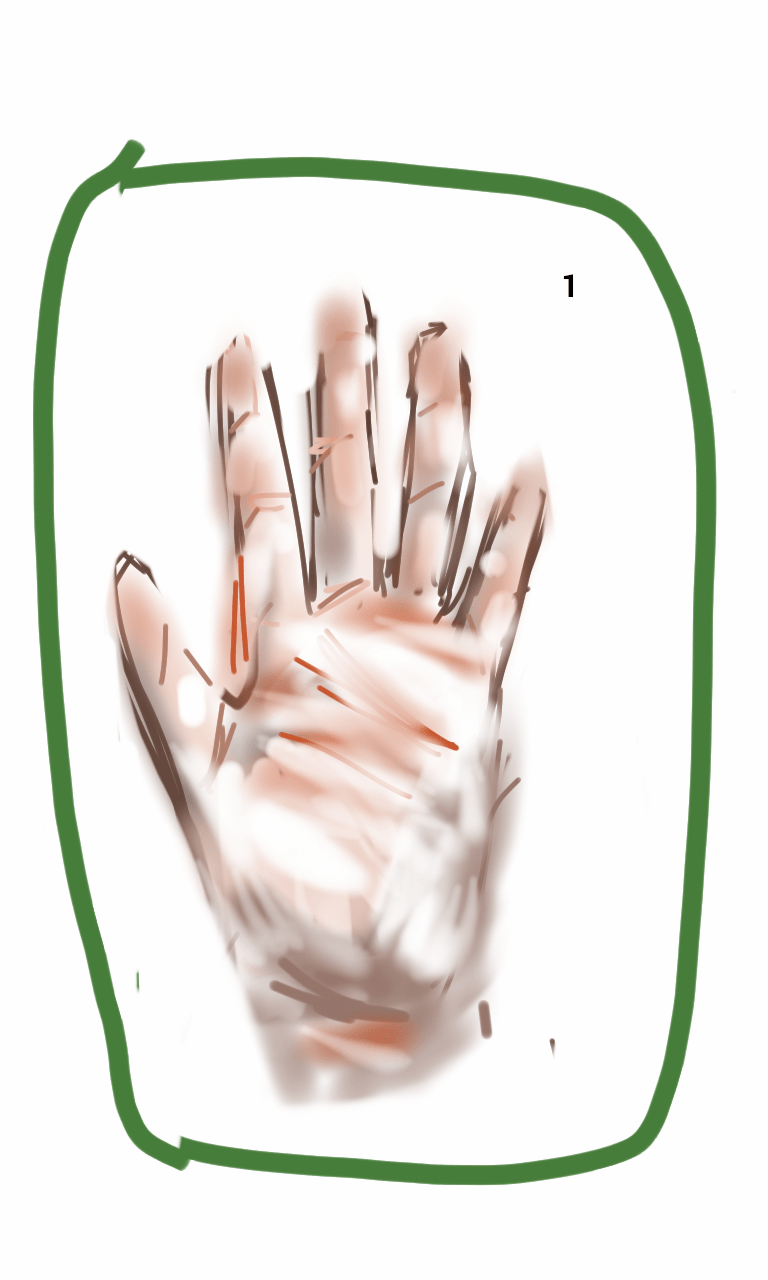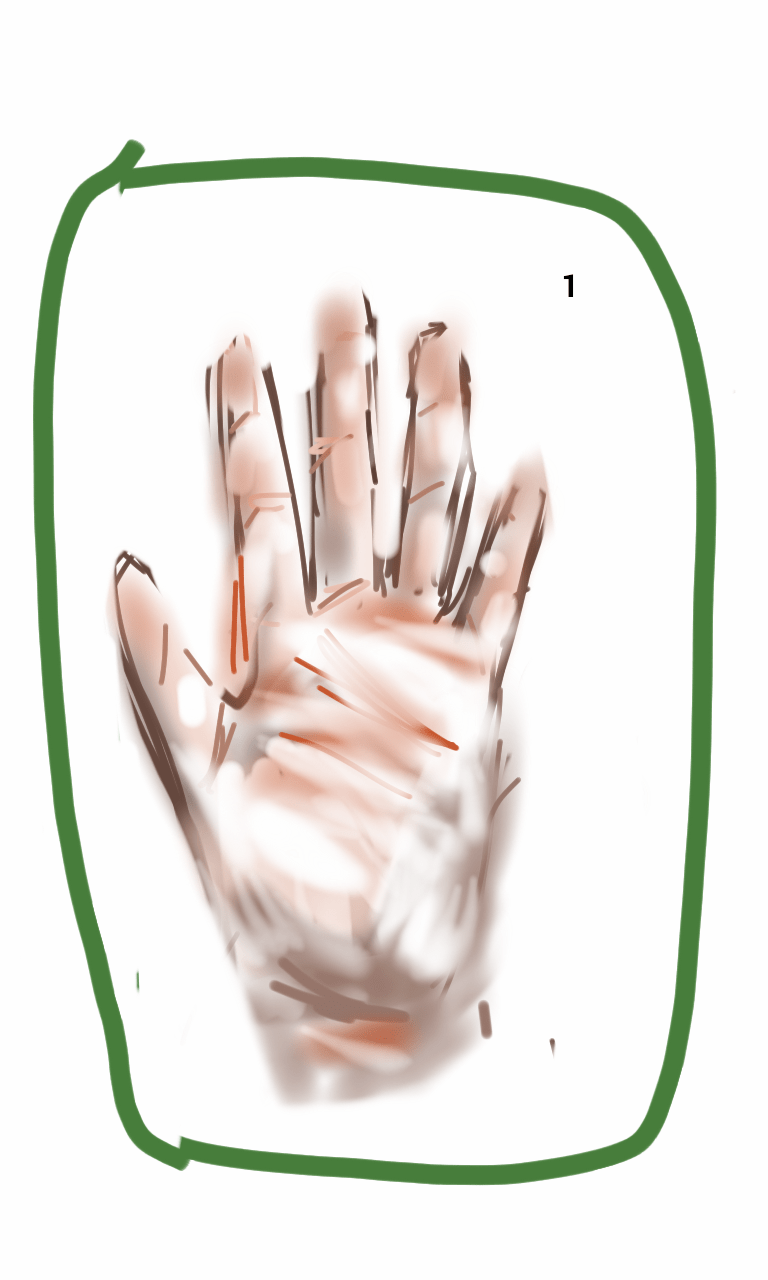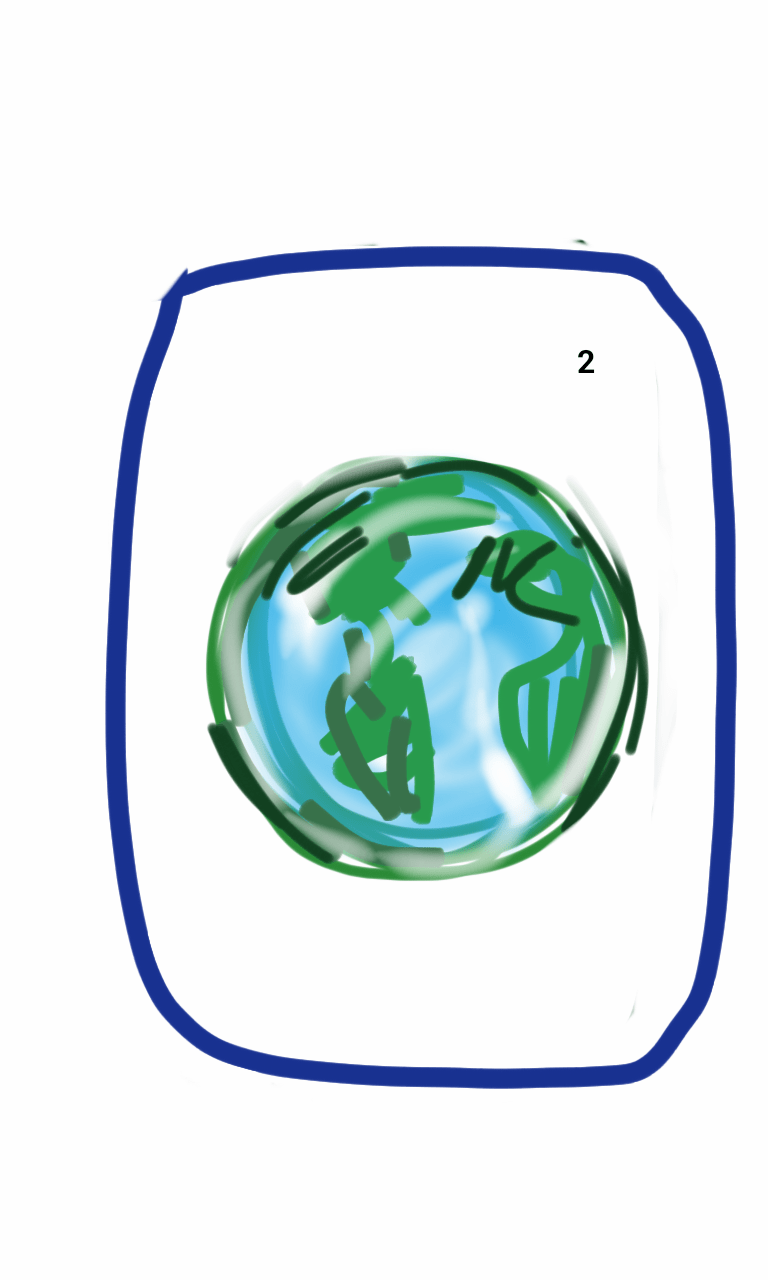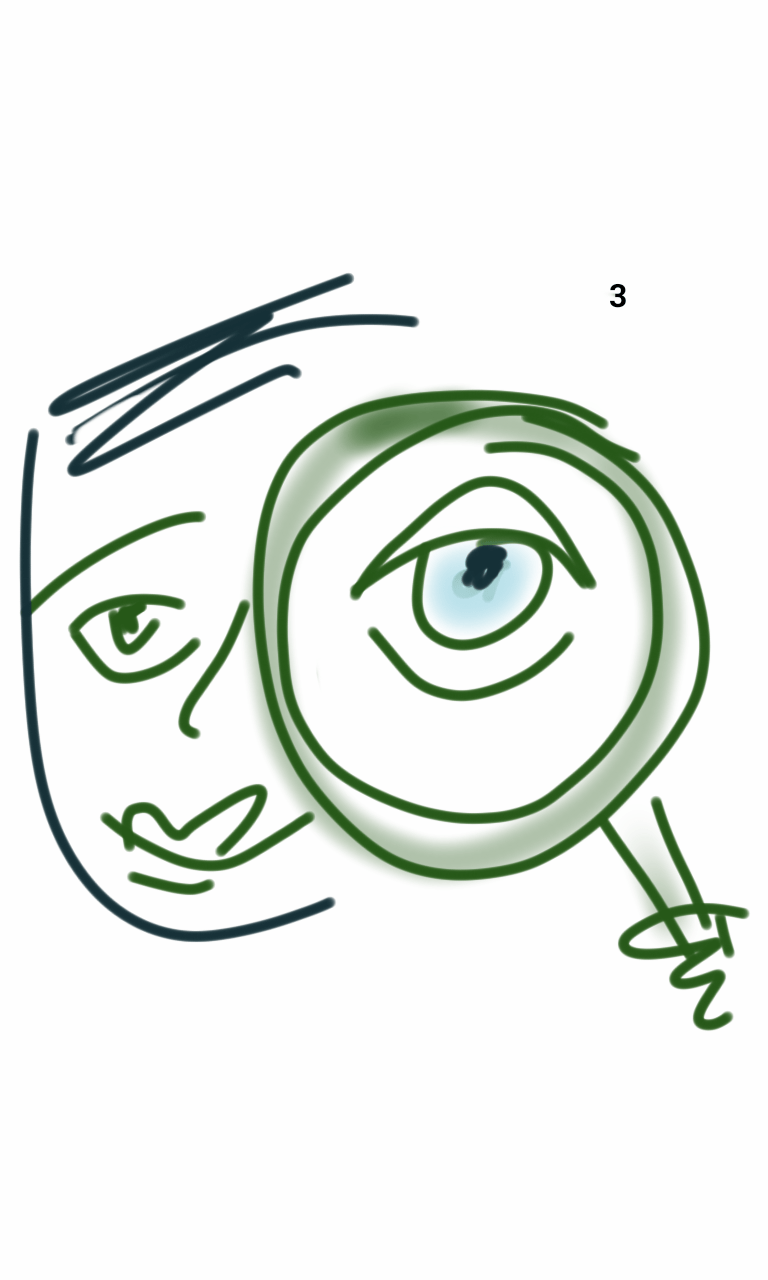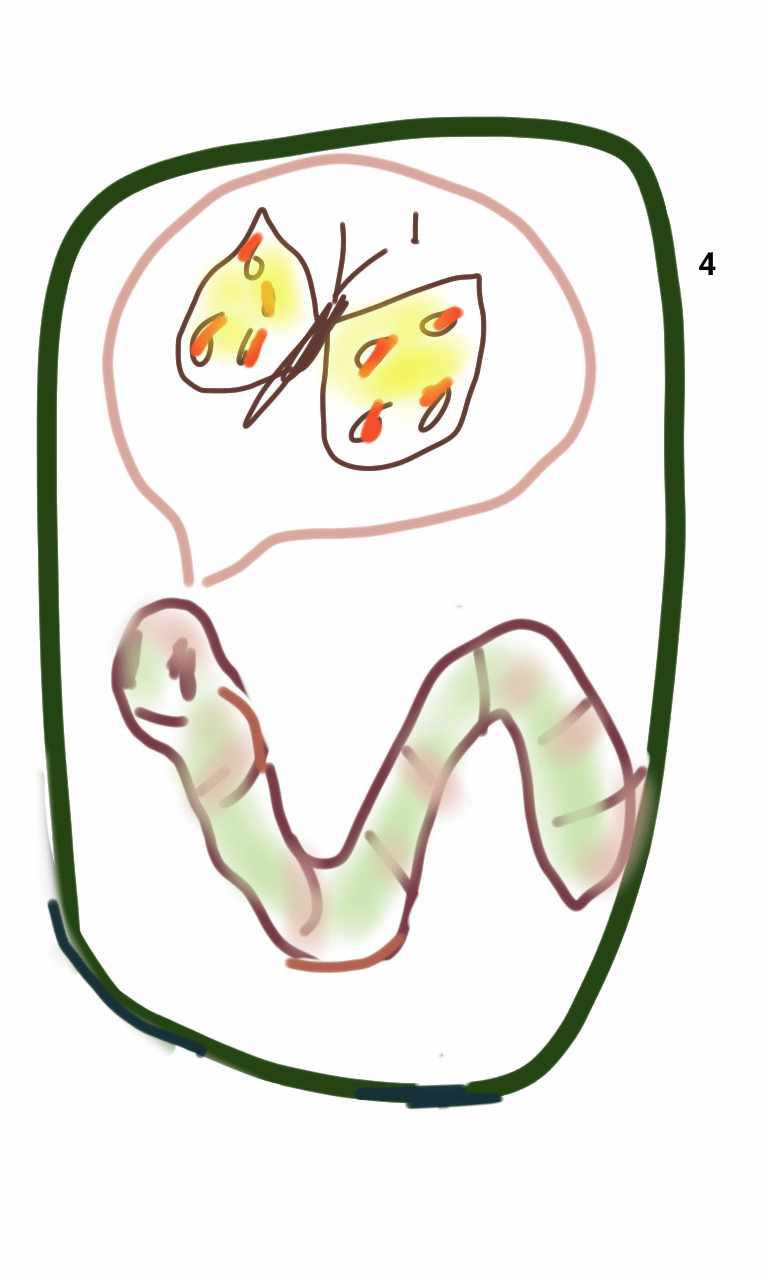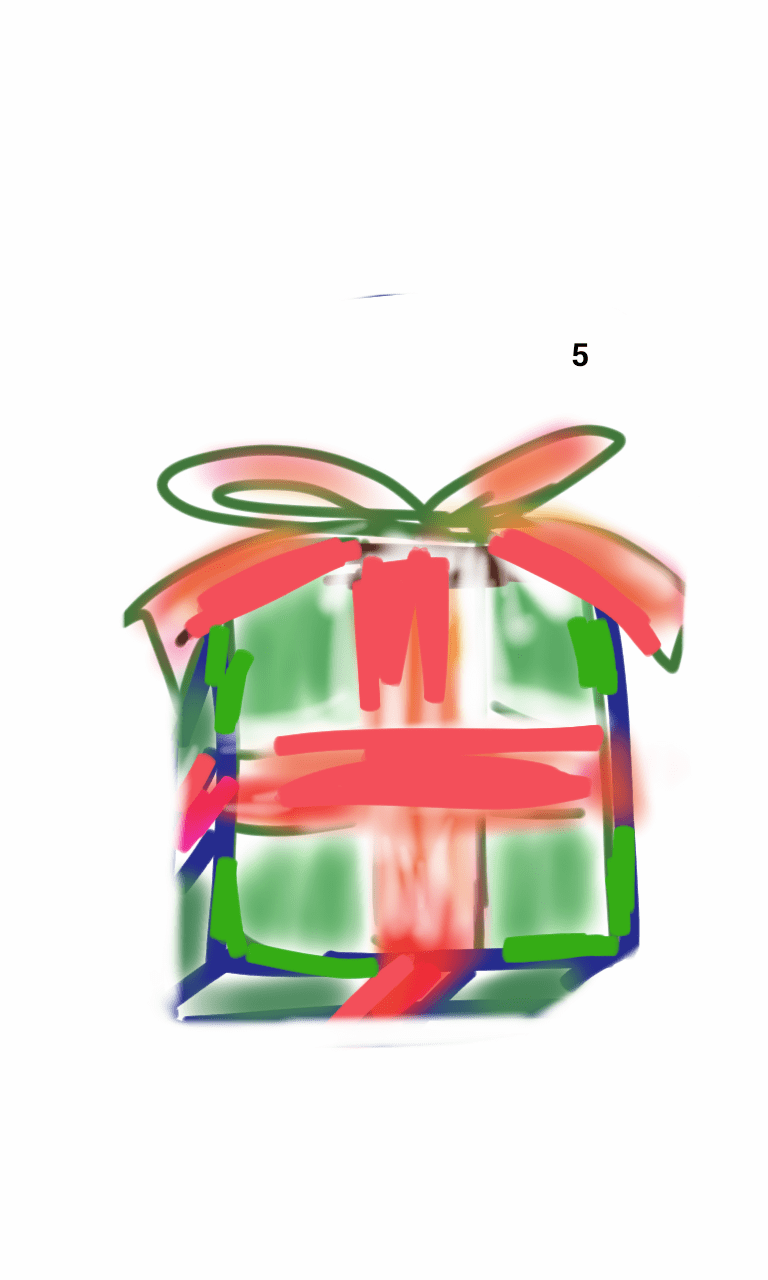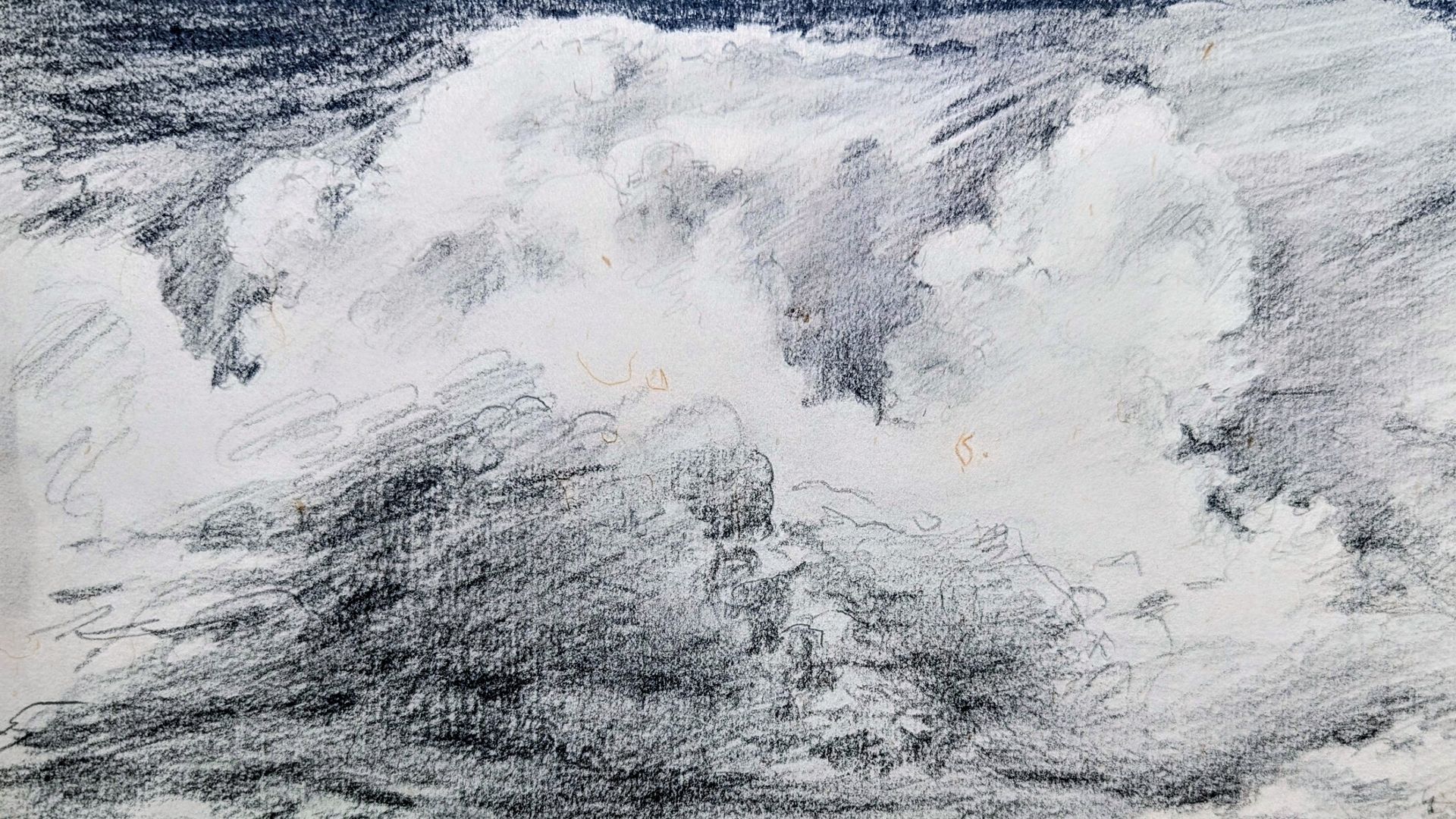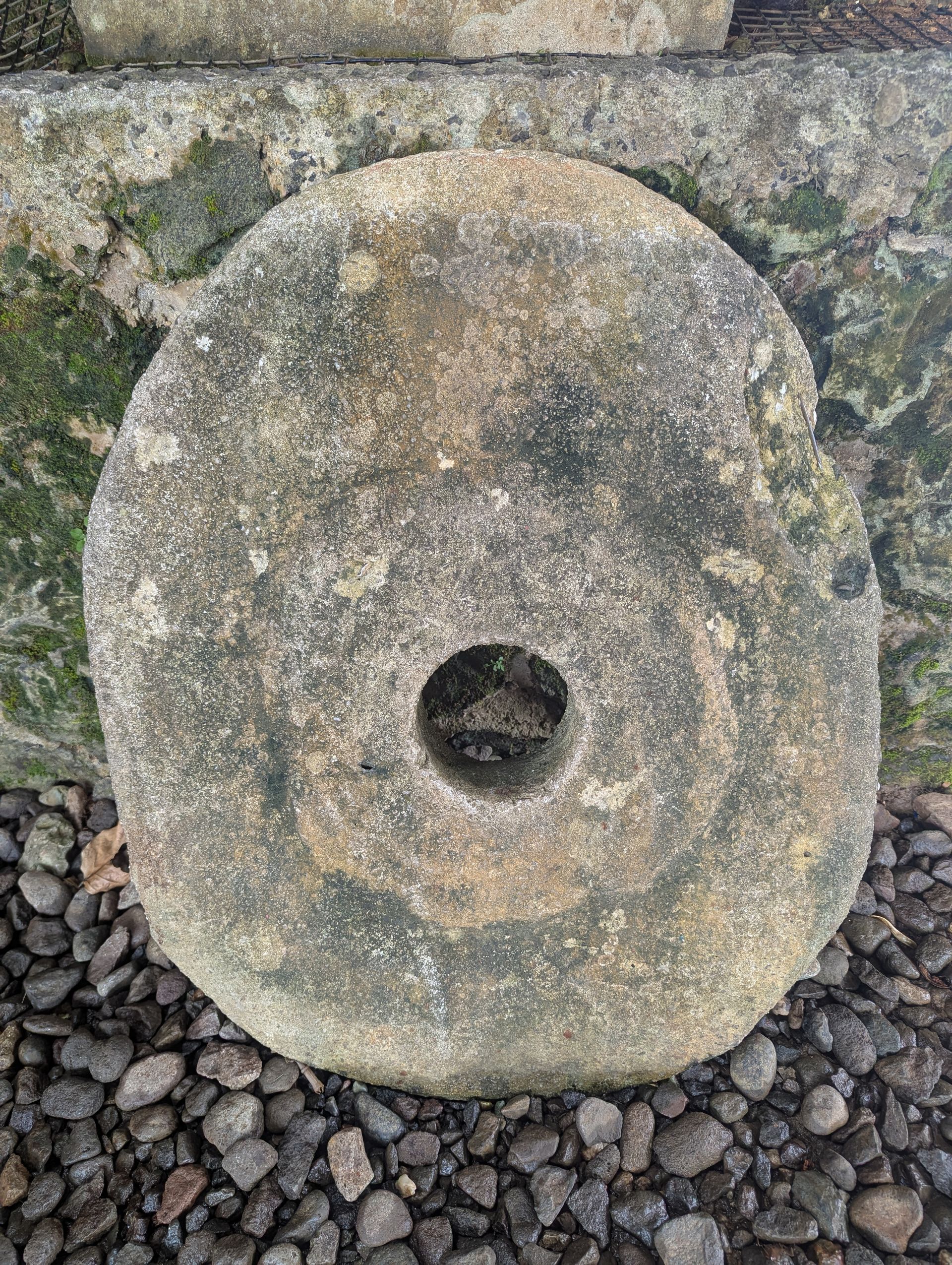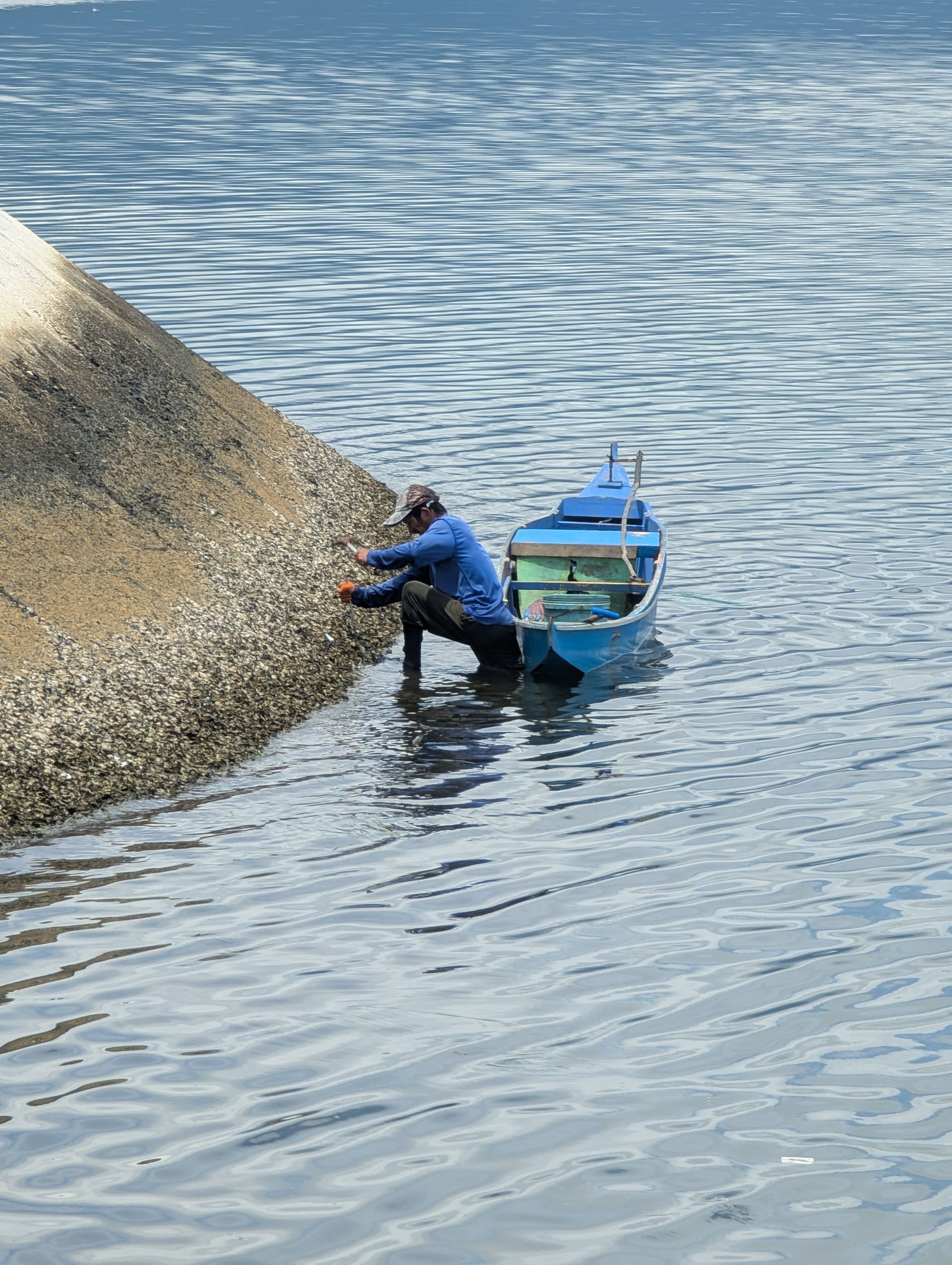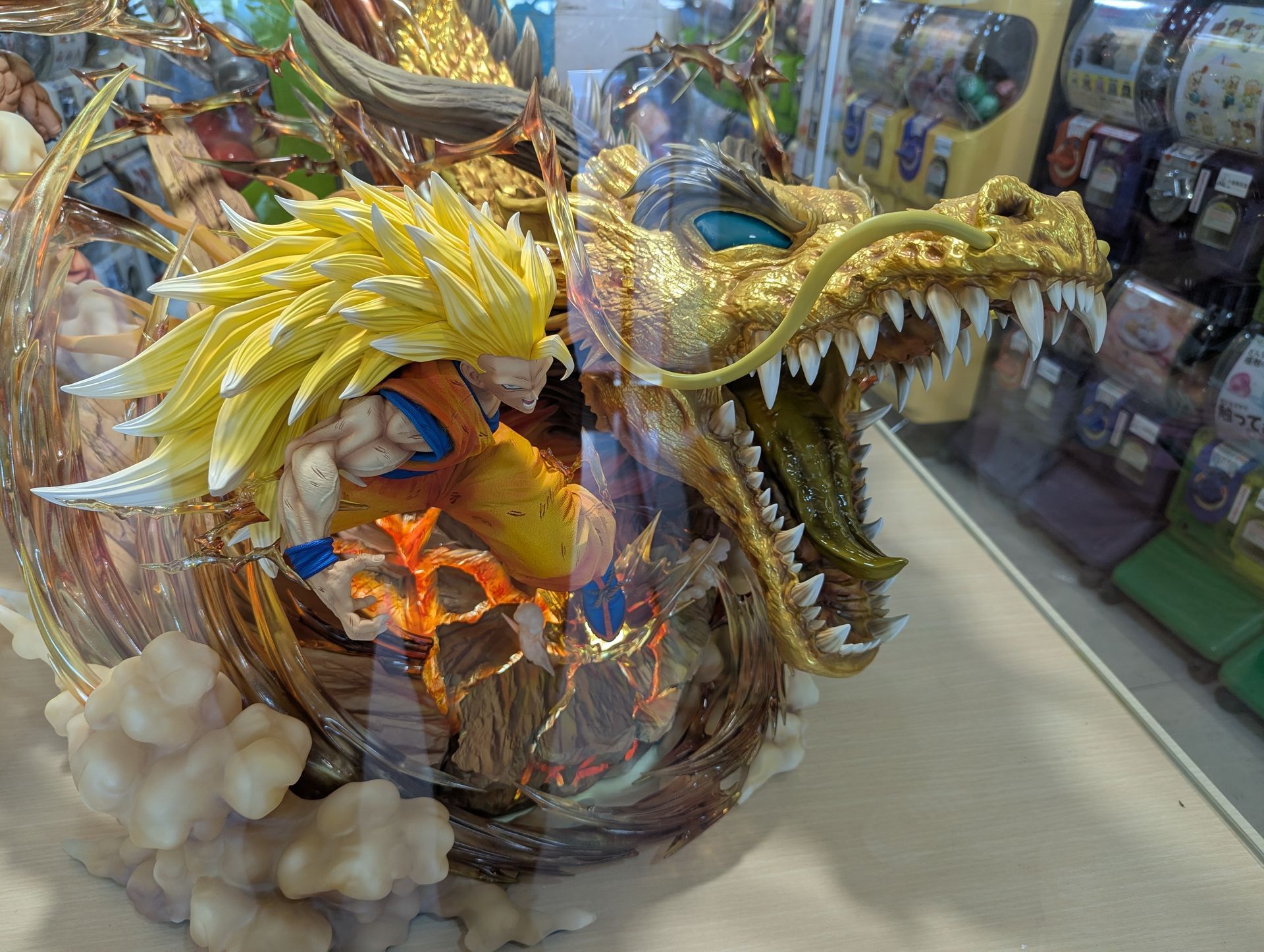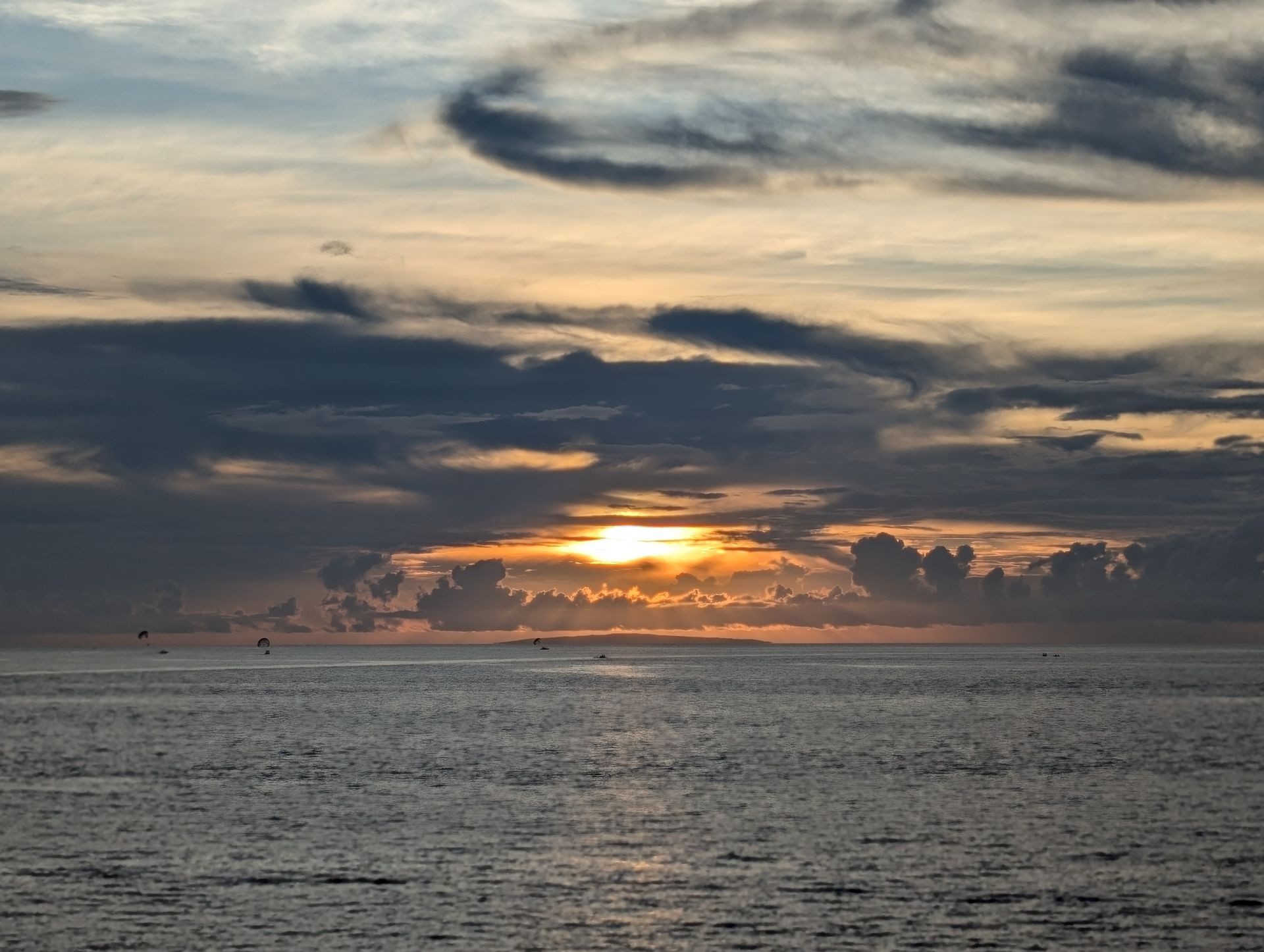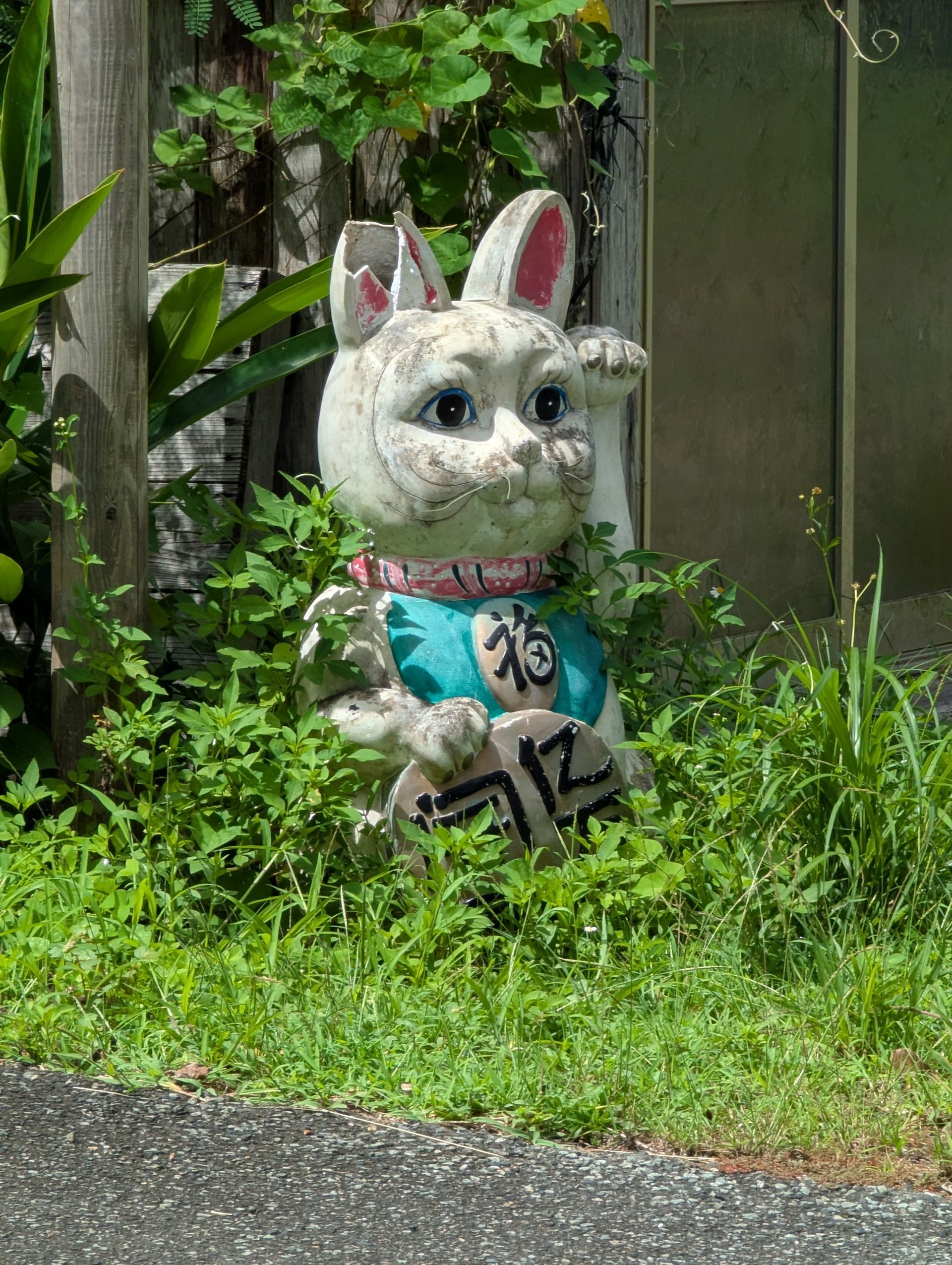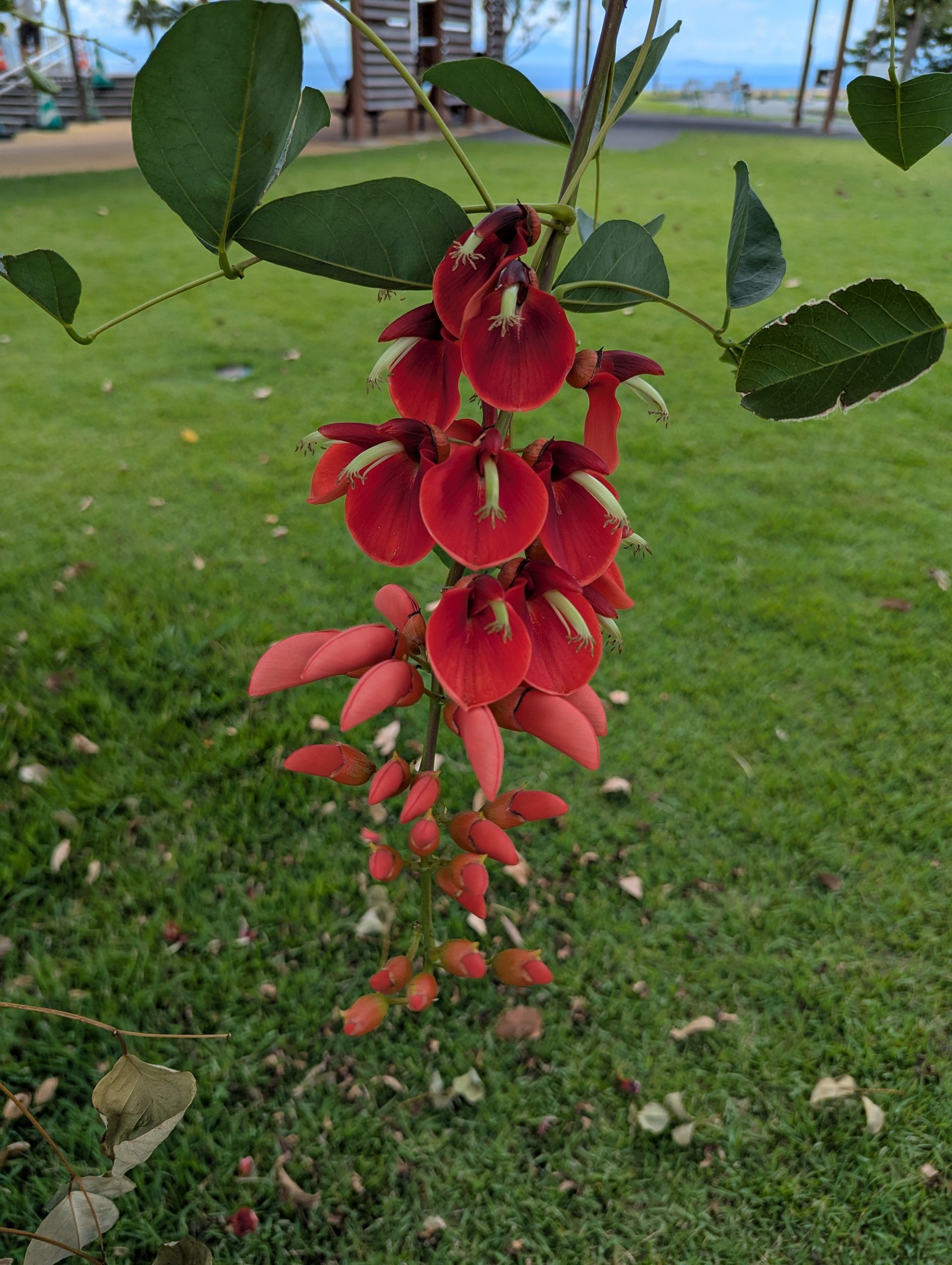Earthlings Letter # 6
Greetings Earthlings! I would like to give you something to think about.
At some point in our Human Family Time there was a thought that surfaced that went something like this, “ When a baby is born its fists are closed, because that is where it is holding its gifts. As it grows older it opens its fists and shows it’s palms as it releases its gifts to the world.”
Many people repeated this thought because it seemed true to them and when people find something true it is remembered generation ( the average amount of time between the birth of parents and that if their children – about 30 years.) after generation. That is why I am able to write it down now, because someone told this to me and I feel it was true so I give it to you. What this thought is saying to me is that every person born has their own unique gifts to release to the world. And I find this to be a very exciting and happy thing to think about. I hope you do too.
So how do we find out what our gifts are so that we may someday release them? Many people have pondered this question over our long/short history as a human species on Earth. Now that I think about it, where does the word ‘earth’ come from?
I will look it up. Here is what I found, the word ‘earth’ traces back to a German word ‘erde’ which means ground or soil. I am not going to suggest what you should or can think about this. We have thought about soil in an earlier Earthlings Letter. Now it is time for you to form your own unique thoughts about the name of our planet. Thinking about stuff is one of the paths you can take to discover your own unique ( the only one of its kind ) gifts that you will someday release to the world.
This letter will be a little different than ones I have written to you in the past. In this letter I am going to encourage you to think. Just to think. This is the whole experiment. And it is an experiment that will continue for your whole life. This may sound like an easy thing to do. But it is not. It is the hardest thing you will do, having your own thoughts about things. And sometimes you will succeed. There will always be someone trying to tell you what/or how to think. So you must be strong and determined and curious and brave. And with all that effort, you will learn things and that will encourage you to think some more.
So how do you know if your thoughts are really your own? And here hangs all that is important. The closer you get to thinking thoughts that are really yours the more excited and happier you will become and self motivated and eventually, if you stay focused, you may make a discovery! And real discovery is something that makes everyone nod their heads in agreement, if they are also thinkers, and helps everyone to live closer to the wonderful efficiency that Nature is using. We have been here only a tiny bit of time and Earth has been here a whole, huge unimaginable amount of time, and is way ahead of us when it comes to how to make things work. And that brings us to a question, “are you a noticer?”
Do you notice things that other people around you don’t? When you go for a walk in the park or woods do you walk up to plants, trees, creatures and examine them closely? These are signs that you are a noticer. Do you ask a lot of questions? This is another sign. Do you always know where to find something in your home that other people can’t? Another sign. And a noticer is a great thing to be! When you are a noticer you are gathering lots of information that your brain then stores and compares with other information it already has from your previous noticing and starts to make sense of these different observations in relation to each other. The more stuff your brain has to consider the closer the conclusions, you come to about whatever you are thinking, will be to what is real or true. And you may learn that what you thought before is not true at all! And that is not something to worry about because this ‘thinking thing‘ is what we are made for and answers always lead to more questions; if they are the right answers. We can never find what is ‘perfectly true’ because everything in nature, and we are part of it, is always changing. But we can come close… and that is close enough. There are infinity of wonderful discoveries possible between zero and ‘close enough’.
I am going to introduce you to an interesting word – synergy. This word came from the Greek word, ‘synergia’ which means working together, to help, cooperate. Our modern word, synergy, means the creation of an effect that is different and greater than the combination of its parts. Buckminster Fuller once said, “there is nothing in a caterpillar that tells you it’s going to be a butterfly.”
You can see what he meant, that there is nothing in the many parts and arrangement of parts of a caterpillar that would make you think that some day it will transform into a butterfly which looks completely different and can fly too! Synergy occurs when people interact with each other, nature is synergetic to all its diversity and to us, and Earth is synergetic to everything that is constantly happening. We are all involved in a huge cooperation experiment! And the out come cannot be foreseen, but we can guess that it will be different and/or greater than its many parts! Each of our individual contributions to this synergy is essential for the constantly happening result to keep becoming…
Remember, we are each of us alive on Earth so that we can share our ‘gifts’. By thinking your own thoughts and by being yourself you are cooperating in the synergetic way the Nature loves!
